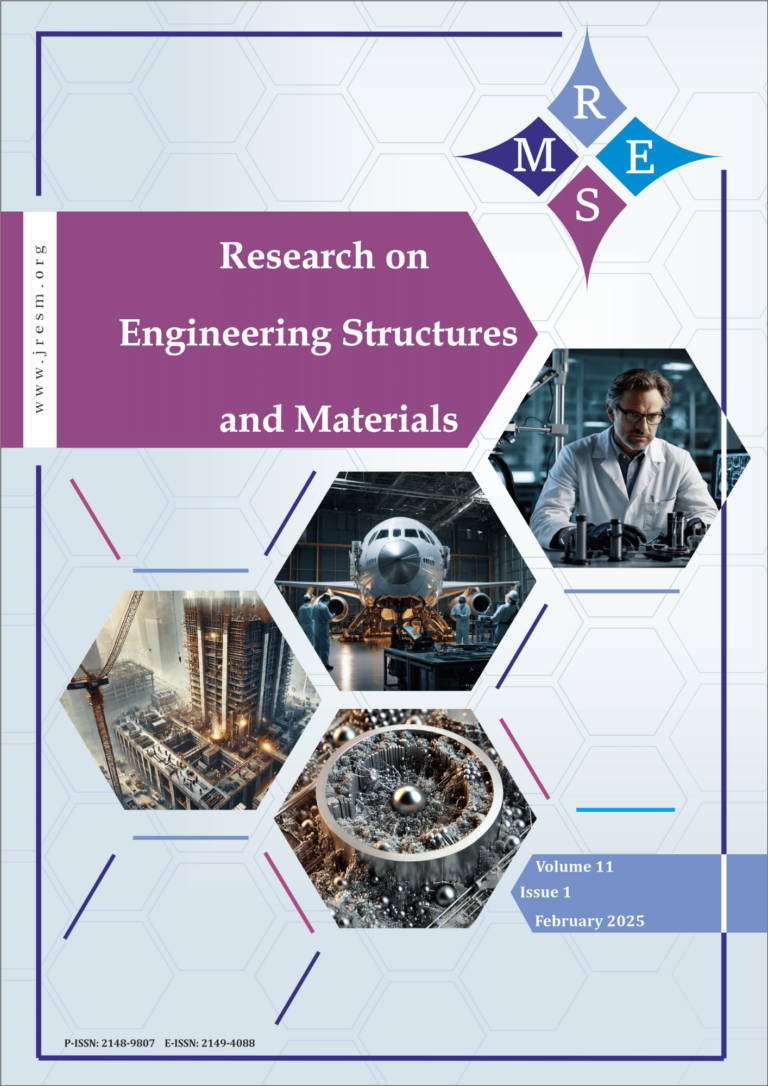This study explores friction stir processing (FSP) of Al-6061 aluminum alloy reinforced with alumina nanoparticles, analyzing the effects of processing parameters—including transverse speed, rotational speed, and number of passes—on ultimate tensile strength, yield strength, natural frequencies, and damping ratios. Using a CNC milling machine, FSP was conducted at rotational speeds of 900, 1100, 1300, and 1500 rpm, with traverse speeds of 10, 15, and 20 mm/min. An advanced machine learning model, SRS-optimized long short-term memory (LSTME), was utilized to predict the properties of the processed material, achieving high R² values of 0.911 for ultimate strength, 0.951 for yield strength, 0.953 for natural frequency, and 0.985 for damping ratio. Key findings indicate that FSP improves damping characteristics and mechanical properties, with maximum damping effectiveness observed at 900 rpm across all passes. Alumina nanoparticles enhanced damping capabilities, while increased rotational speeds promoted grain refinement, resulting in a stronger, more deformation-resistant material. The LSTME model outperformed other machine learning approaches, reaching R² values between 0.965 and 0.993 in training and 0.911 to 0.987 in testing. These results demonstrate the efficacy of combining FSP with machine learning to optimize material properties for high-performance applications.
